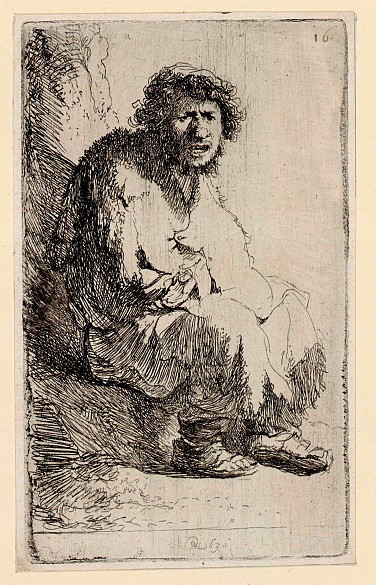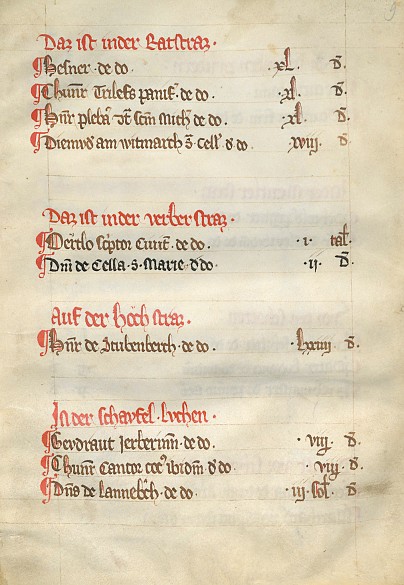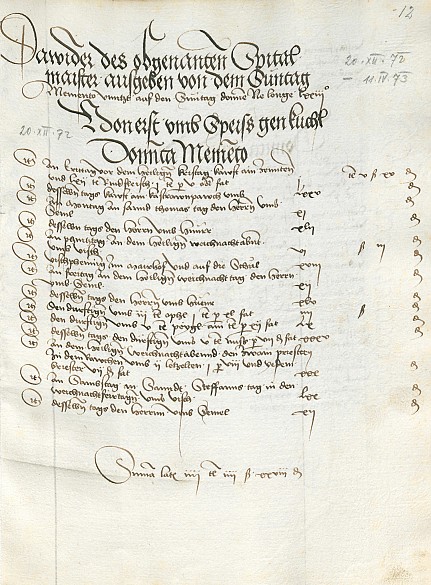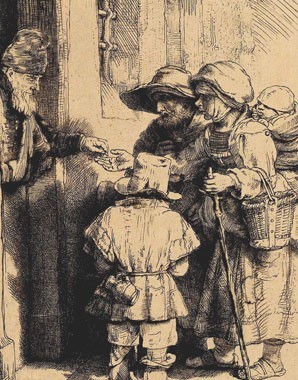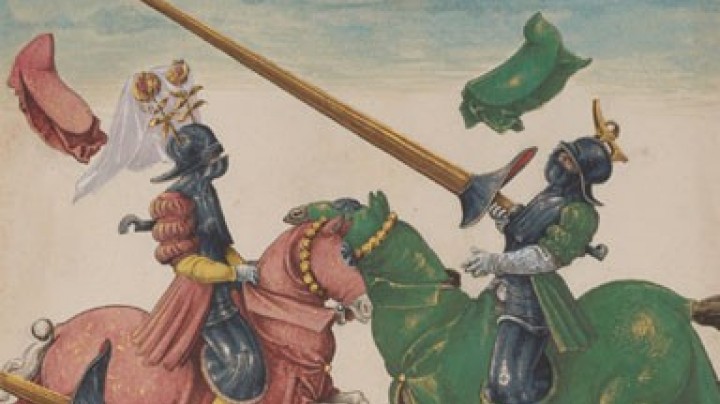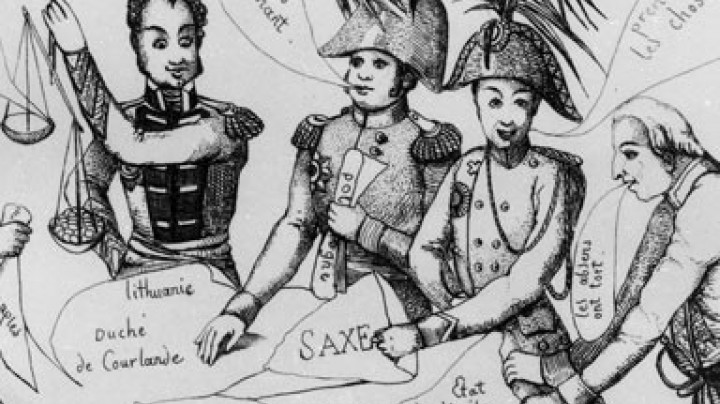On the fringes of town – beggars, prostitutes, hangmen
Where town dwellers were on the social ladder also determined where they lived. It was mostly the fringe groups that lived on the fringes of the town.
It goes without saying that a medieval town was not just a place where wealthy merchants, craftsmen and the nobility lived and worked. Of the 20,000 or so inhabitants of Vienna in the fifteenth century around 2,000 belonged to groups on the fringes of society. They included not only paupers and beggars but also day labourers, hangmen and prostitutes, as well as destitute craftsmen. With the exception of the last group, these people lived outside the municipal jurisdiction and most of them also lived on the fringes of the town or outside its walls.
For example, beggars were judged according to their ability or inability to work, and in this respect they were subject to checks by the authorities. Many towns had private or public care facilities, although these were intended only for local beggars and paupers. Such care was mainly provided in hospitals, which were run by the municipality but were under the influence of the clergy. In Vienna such facilities were situated outside the city walls. Those who had financial means had to pay for being cared for in a hospital; for everyone else care was free. Lepers tended to be counted more with the dead than the living and were accommodated in special buildings. Often their marriages were dissolved and requiem mass was even said for them while they were still alive.
Prostitutes were also pushed to the fringes of society. They were required to dress in conspicuous colours such as red, green or yellow. However, there was one brothel in Vienna that was actually owned by the municipality. Hangmen, too, lived outside the town and were likewise required to wear special clothing.
